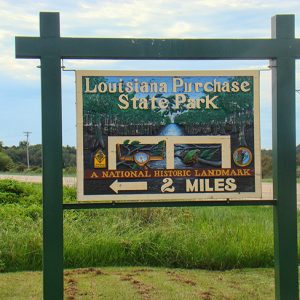 Louisiana Purchase State Park Entrance
Louisiana Purchase State Park Entrance
Entry Category: State Parks
 Louisiana Purchase State Park Entrance
Louisiana Purchase State Park Entrance
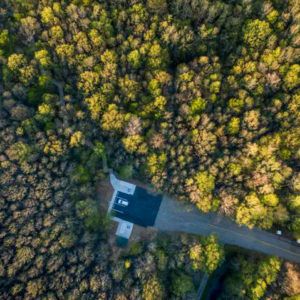 Louisiana Purchase Park
Louisiana Purchase Park
Louisiana Purchase State Park
Lower White River Museum State Park
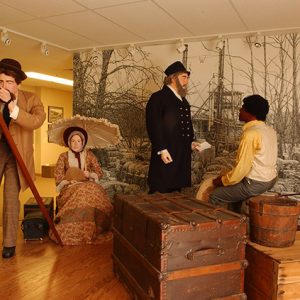 Lower White River Museum
Lower White River Museum
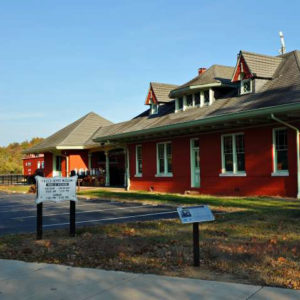 Mammoth Spring Frisco Depot
Mammoth Spring Frisco Depot
 Mammoth Spring Spillway
Mammoth Spring Spillway
Mammoth Spring State Park
Marks’ Mills Battleground State Park
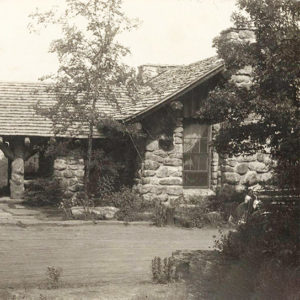 Mather Lodge
Mather Lodge
Millwood State Park
Moro Bay State Park
Mount Magazine State Park
Mount Nebo State Park
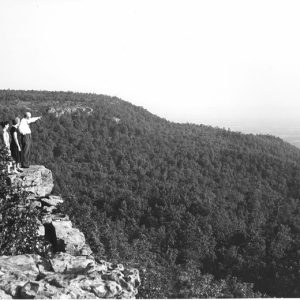 Mount Nebo State Park
Mount Nebo State Park
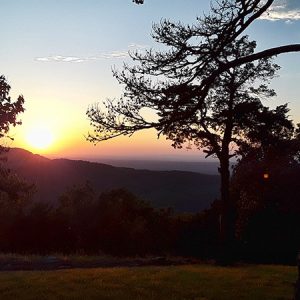 Mount Nebo Sunset
Mount Nebo Sunset
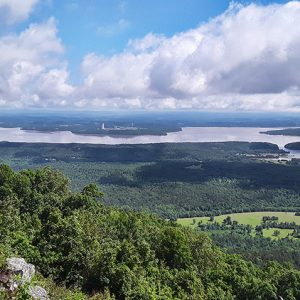 Mount Nebo View
Mount Nebo View
 Mount Nebo Water Tower
Mount Nebo Water Tower
 Ozark Folk Center
Ozark Folk Center
Ozark Folk Center State Park
Parkin Archeological State Park
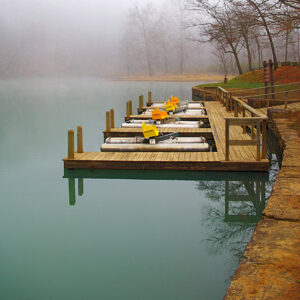 Pedalboat Dock
Pedalboat Dock
 Petit Jean Mountain View
Petit Jean Mountain View
Petit Jean State Park
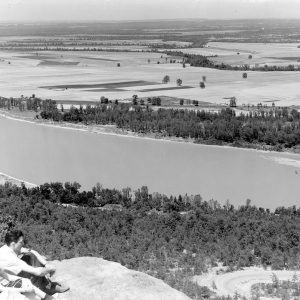 Petit Jean State Park
Petit Jean State Park
 Petit Jean State Park
Petit Jean State Park
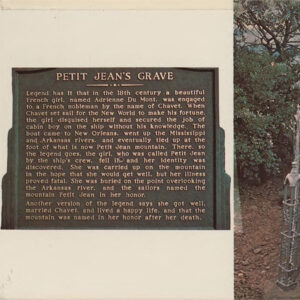 Petit Jean's Grave
Petit Jean's Grave
Pinnacle Mountain State Park
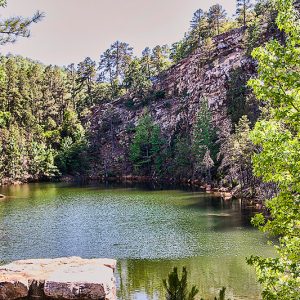 Pinnacle Trail
Pinnacle Trail
Plantation Agriculture Museum
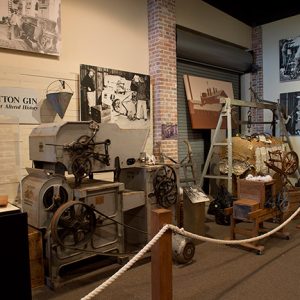 Plantation Agriculture Museum
Plantation Agriculture Museum
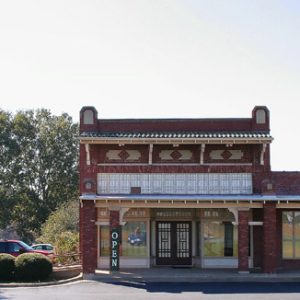 Plantation Agriculture Museum
Plantation Agriculture Museum
 Plantation Agriculture Museum
Plantation Agriculture Museum
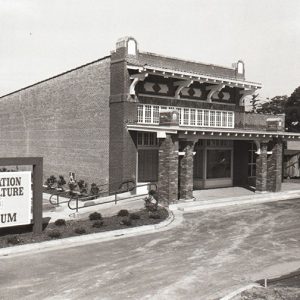 Plantation Agriculture Museum
Plantation Agriculture Museum
 Plantation Agriculture Museum Press Release
Plantation Agriculture Museum Press Release
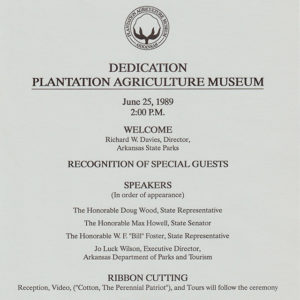 Plantation Agriculture Museum Program
Plantation Agriculture Museum Program
Plum Bayou Mounds Archeological State Park
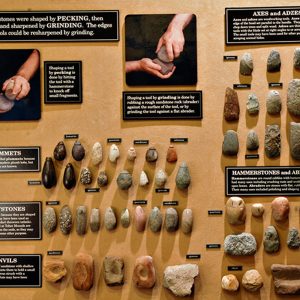 Plum Bayou Artifacts
Plum Bayou Artifacts
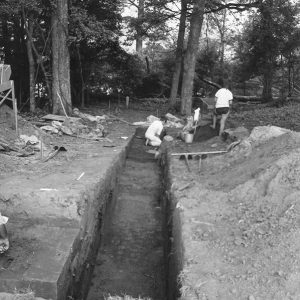 Plum Bayou Mounds Excavation Trench
Plum Bayou Mounds Excavation Trench
 Plum Bayou Mounds Park Personnel
Plum Bayou Mounds Park Personnel
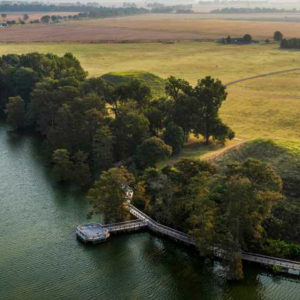 Plum Bayou Mounds View
Plum Bayou Mounds View
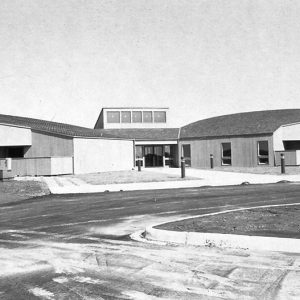 Plum Bayou Mounds Visitors Center
Plum Bayou Mounds Visitors Center
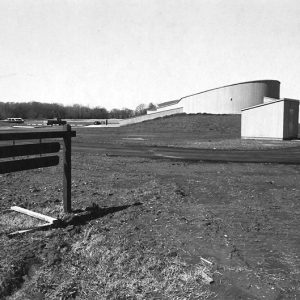 Plum Bayou Mounds Visitors Center
Plum Bayou Mounds Visitors Center
 Plum Bayou Mounds Walkway
Plum Bayou Mounds Walkway
Poison Spring Battleground State Park
 Poison Spring Battleground State Park
Poison Spring Battleground State Park
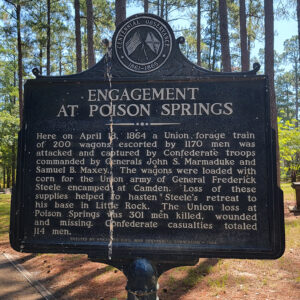 Poison Spring Engagement Sign
Poison Spring Engagement Sign
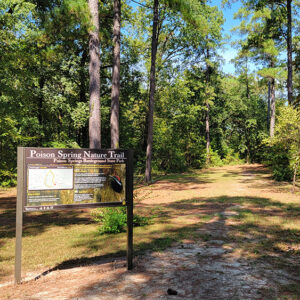 Poison Spring Nature Trail
Poison Spring Nature Trail
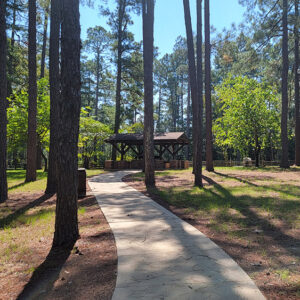 Poison Spring Park Pavilion
Poison Spring Park Pavilion
 Powhatan Courthouse
Powhatan Courthouse




